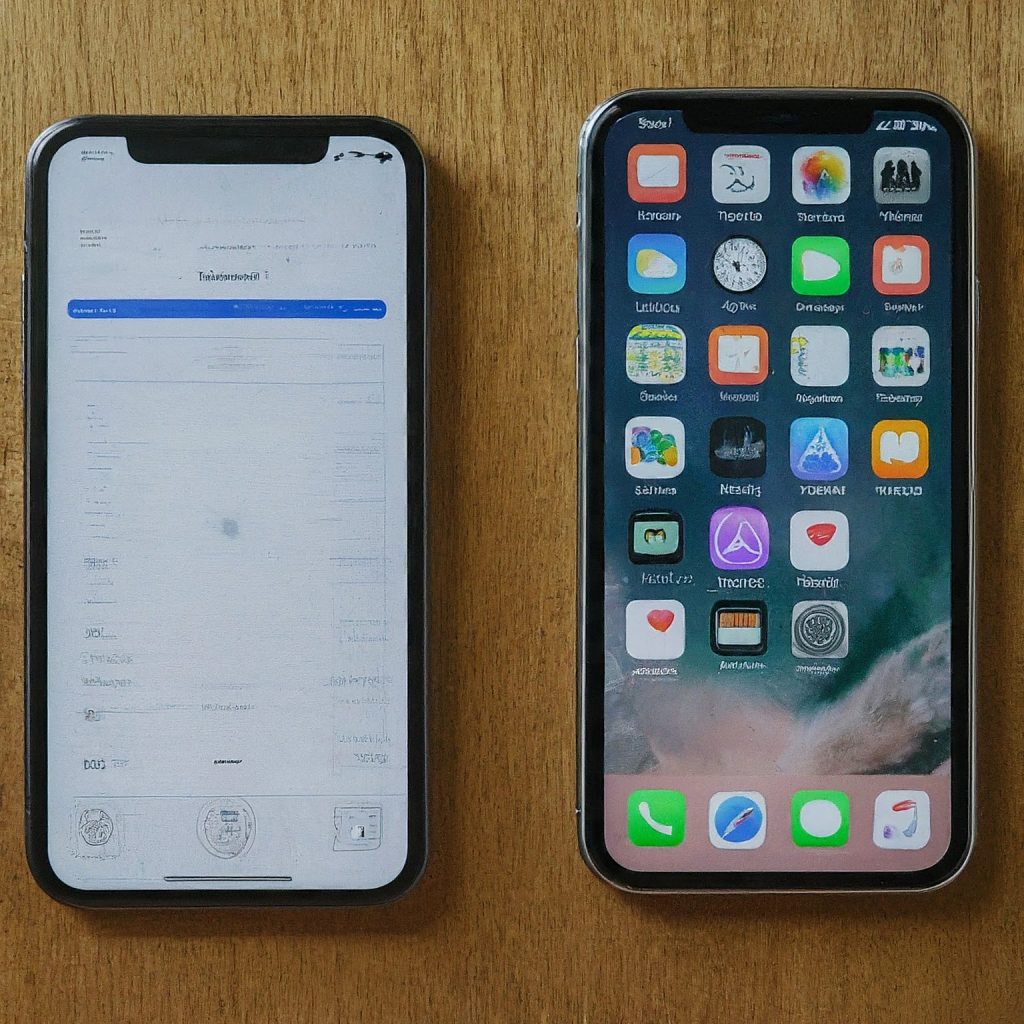While iPhones don’t offer expandable storage via microSD cards like some Android phones, there are ways to manage your storage needs. This article explores methods to effectively increase your iPhone’s storage capacity.
Understanding Internal Storage vs. iCloud Storage
- Internal Storage: This is the fixed physical storage space on your iPhone itself. It comes in various capacities, typically ranging from 64GB to 1TB depending on the model you purchased.
- iCloud Storage: This is cloud-based storage offered by Apple through iCloud+. It allows you to store your photos, videos, documents, and app backups securely online.
Important Note: Upgrading to iCloud+ does not directly add storage to your iPhone. It provides additional space on Apple’s servers to store your backed-up iPhone data.
Methods to Increase Storage
1. Upgrading to iCloud+

Step 1: Access Your Settings
Start by launching the Settings app on your iPhone. At the top of the screen, you’ll find your name, which is linked to your Apple ID and iCloud settings.
Step 2: Navigate to Your Profile
By tapping on your name, you’ll be directed to a page that houses all the settings and information associated with your Apple ID. This includes details about iCloud, iTunes & App Store, and more.
Step 3: Enter the iCloud Section
Beneath your Apple ID details, you’ll notice an option labeled “iCloud”. This is your gateway to managing your iCloud storage and checking your current usage.
Step 4: Proceed to “Manage Storage” or “iCloud Storage”
Depending on your device and its iOS version, you’ll either see “Manage Storage” or “iCloud Storage”. Regardless, this is where you’ll find the option to purchase additional storage.
Step 5: Opt for “Change Storage Plan” or “Buy More Storage”
At this point, you’ll be presented with your current plan and a list of upgrade options. Select the plan that best suits your storage needs and budget.
Step 6: Finalize Your Plan and Complete the Purchase
Apple provides a variety of storage plans to choose from. Once you’ve made your selection, follow the prompts on the screen to finalize your purchase. The payment will be processed using the method linked to your Apple ID. Upon completion, your iCloud storage will be instantly upgraded. Allowing your iPhone to sync with iCloud and providing you with ample space for all your essentials without the need to delete anything.
2. Optimizing iPhone Storage
- Regularly review your iPhone storage to identify space-consuming files.
- Go to Settings -> General -> iPhone Storage.
- This section offers a breakdown of storage usage by category (Apps, Photos, System Data, etc.).
- You can then:
- Offload unused apps (app data is removed but can be redownloaded).
- Delete large or unwanted videos and photos.
- Utilize iCloud Photos to store photos and videos in the cloud while keeping optimized versions on your device.
- Consider using streaming services for music and movies instead of storing them locally.
3. External Storage Options
- While iPhones lack microSD card slots, you can leverage external storage devices:
- Lightning Drives: These portable drives connect directly to your iPhone’s Lightning port, allowing you to transfer files for safekeeping or playback.
- Wireless Hard Drives: These connect to your iPhone via Wi-Fi, creating a wireless storage solution accessible from your device.
Choosing the Right Option
- For occasional storage needs: Upgrading to iCloud+ with a tier like 50GB might suffice.
- For extensive photo/video libraries: Consider a higher iCloud+ tier (200GB or 2TB) or a combination of iCloud+ and a Lightning drive.
- For frequent file transfers: A Lightning drive offers a convenient way to move files on and off your iPhone.
Additional Tips
- Regularly back up your iPhone to iCloud or an external drive to avoid data loss in case of device damage.
- Utilize automatic app updates to ensure you have the latest storage-optimized versions.
- Consider using cloud storage services like Google Drive or Dropbox to store specific data categories, further reducing the burden on your iPhone’s storage.
By following these methods and choosing the most suitable solution for your needs, you can effectively manage your iPhone’s storage and ensure a smooth user experience.
Frequently Asked Questions
1. What happens if I don’t upgrade my storage?
If your iCloud storage is full or reached its limit, your device won’t back up to iCloud, nor you can upload new photos or videos.
2. Can I share my iCloud storage with my family?
Yes, if you have a 200GB or 2TB iCloud plan, you can share your storage with your family. This means each family member doesn’t need to buy their own storage. They can use the shared family storage for iCloud Photos, iCloud Drive, and more.
3. What happens to my data if I downgrade or cancel my storage plan?
If you cancel your plan and your stored iCloud content exceeds your available storage, new photos, videos, Messages, iCloud Photos, files, and your iOS devices won’t back up. You can still access the files and photos on your other devices that have iCloud Photos and iCloud Drive turned on.
4. How do I pay for more iCloud storage?
You pay for extra iCloud storage on a monthly basis. The payment is automatically processed using the payment method associated with your Apple ID. If you need to change the payment method, you can do so in your Apple ID account settings.
In conclusion, buying more storage on your iPhone is a straightforward process that can be done directly from your device. By following these steps, you can ensure that you always have enough space for your photos, videos, and other important files.

